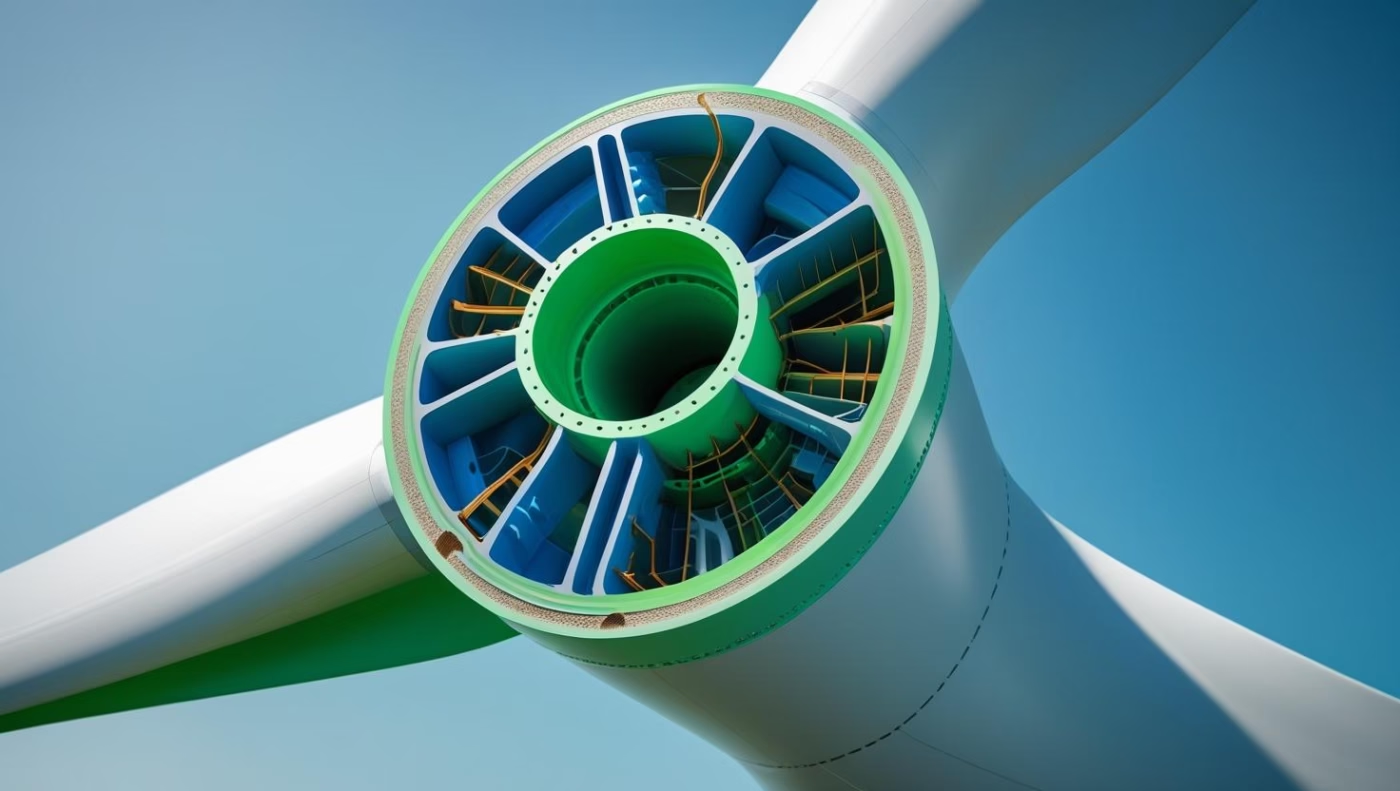In the world of composite materials, Dicyclopentadiene (DCPD) Resin has become a game-changer. Especially in renewable energy, this resin is gaining popularity for its strength, thermal stability, and affordability. Wind turbine blades, in particular, benefit from the unique properties of DCPD Resin, making them lighter, stronger, and more durable.
This blog explores the role of DCPD Resin in modern composites, highlighting its chemistry, processing techniques, and real-world applications.
Understanding the Chemistry of (DCPD) Resin
Dicyclopentadiene (DCPD) Resin is a thermosetting resin made by polymerizing dicyclopentadiene, a hydrocarbon derived from cracking naphtha. It offers low viscosity, making it ideal for pultrusion and other closed-mold processes.
Compared to traditional polyester or vinyl ester resins, DCPD Resin is more cost-effective and has better wet-out capability with fiber reinforcements. It also offers low shrinkage and excellent surface finish. These features make it a great option for structural applications like wind turbine blades.
Why Knitted Fabrics Work Best with (DCPD) Resin
Knitted fabrics offer flexibility, strength, and drapability, which are crucial when designing large, aerodynamic structures. When combined with DCPD Resin, these fabrics create composite materials that can handle high loads without cracking or delaminating.
Knitted fabrics also allow better resin penetration. This ensures a void-free composite, which is vital for structures that face extreme wind stress like turbine blades. The synergy between DCPD Resin and knitted fabrics results in lightweight, strong, and durable composites.
Accelerators Enhance the Performance of (DCPD) Resin
In thermosetting systems, catalysts and accelerators control the curing reaction. For DCPD Resin, accelerators such as cobalt naphthenate are often used to boost the curing rate without compromising performance.
Accelerators allow manufacturers to fine-tune processing times, especially in mass production methods like pultrusion. The use of these additives ensures the DCPD Resin reaches its optimal mechanical and thermal properties during the curing process.
Pultrusion + (DCPD) Resin = Perfect Match
Pultrusion is a continuous manufacturing process used to create long, constant cross-section composite profiles. It’s one of the best methods for processing DCPD Resin due to its low viscosity and excellent fiber-wetting properties.
The process involves pulling the resin-saturated fibers through a heated die where the resin cures into a solid profile. This method produces high-performance parts with consistent quality and minimal waste. When using DCPD Resin, pultrusion offers excellent throughput, reduced emissions, and cost savings.
Wind Turbine Blades: The Ultimate Application of (DCPD) Resin
Wind turbine blades are subject to harsh environments — from UV exposure to strong winds and sudden temperature changes. This is where DCPD Resin proves its value.
Blades made with Dicyclopentadiene (DCPD) Resin are lightweight, resistant to corrosion, and structurally sound over long periods. The resin’s compatibility with knitted reinforcements ensures that the blades maintain flexibility and strength. Moreover, its cost-effectiveness makes it suitable for scaling up production in the renewable energy sector.
Thermal Stability: A Key Advantage of (DCPD) Resin
Thermal stability is critical in materials exposed to variable temperatures. DCPD Resin maintains its mechanical integrity even at elevated temperatures. This is essential for wind turbine blades, which experience continuous heating and cooling cycles.
Thanks to its stable crosslinked structure, DCPD Resin prevents warping, cracking, or softening under thermal stress. This durability reduces maintenance and extends the service life of turbine blades.
Final Thoughts: Why Dicyclopentadiene (DCPD) Resin Stands Out
With the increasing need for sustainable and cost-effective composite solutions, Dicyclopentadiene (DCPD) Resin has emerged as a frontrunner. From its chemistry and compatibility with knitted fabrics to its success in pultrusion and turbine applications, this resin checks all the boxes.
If you’re in the business of manufacturing high-performance composites — especially for renewable energy — DCPD Resin might just be your next best investment.
Are you searching these terms:
- DCPD composite resin
- DCPD resin for pultrusion
- low-shrinkage resin
- Wind turbine blade materials
- thermally resistant resins
- Knitted reinforcement composites
- Composite manufacturing resins
- DCPD resin thermal properties
- DCPD vs polyester resin
- Resin used in wind energy
COMPANY INFO
Website: www.crestresins.com
Phone: +91 9879233188
Email: enquiry@crestresins.com
Address: 605/A, 6th Floor, Tower D, Times Square Grand Office, Sindhubhavan Marg, Near Taj Hotel, Ahmedabad, Gujarat - 380059

